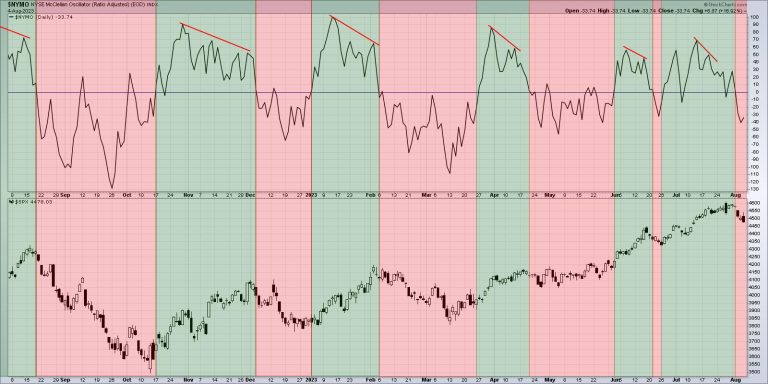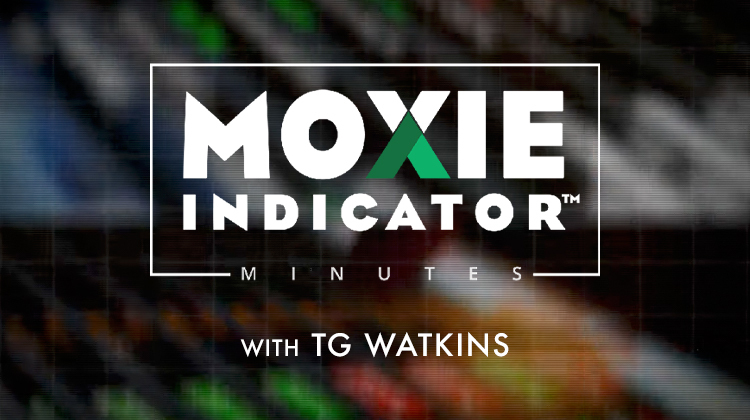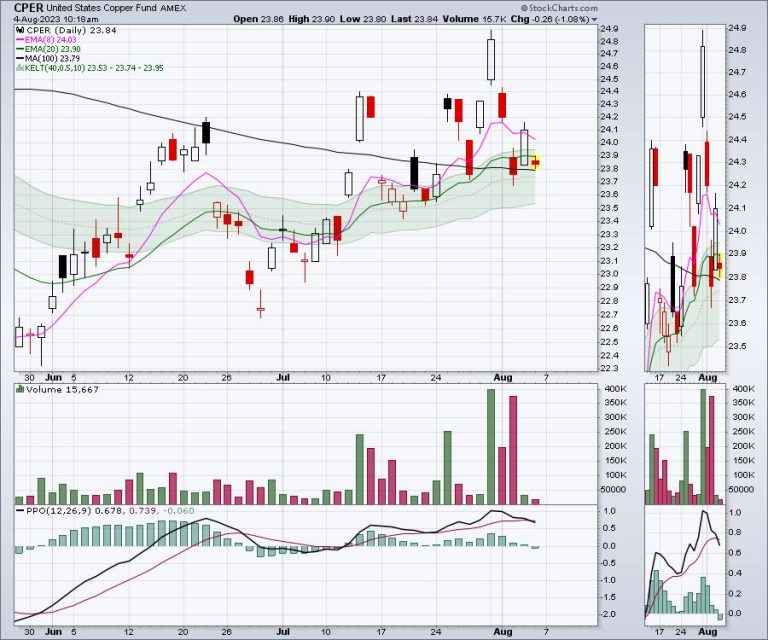They ran for their lives.
They were told to do so.
And after dashing down three flights of spiraling staircases, reporters trying to flee the Russell Senate Office Building ran directly into a wall of U.S. Capitol Police officers pointing their guns directly at the press corps.
‘Show me your hands!’ one officer demanded. ‘Hands! Now!’
UFO REVELATIONS HAVE LAWMAKERS IN A SHAKESPEAREAN CONUNDRUM
Even the U.S. Capitol complex is not immune to ‘swatting.’
This may have been what happened Wednesday afternoon when Capitol Police thought an active shooter roamed the Senate hallways.
Police instructed aides and journalists to get out of the building as fast as they could.
‘Swatting’ is when someone phones in a prank to police. They might report a hostage situation. Call in a bomb threat. The hoax is an effort to prompt dispatchers to send a contingent of law enforcement — perhaps the SWAT team, short for special weapons and tactics — to a given address.
What sometimes happens is an innocent person targeted in the swatting is taken into custody or sometimes even injured by police.
No one was injured during this week’s incident on Capitol Hill.
But here’s what went down.
Washington, D.C., police received a 911 call Wednesday afternoon. They were warned on an ‘active shooter’ inside the Hart Senate Office Building. The D.C. police then relayed this to the U.S. Capitol Police.
U.S. Capitol Police Chief Tom Manger said they were looking for ‘a heavyset Hispanic male wearing body armor.’
Manger said about 20 officers immediately started combing through the Senate office buildings, ‘going floor to floor’ looking for a possible gunman.
Fox was told they first believed the threat may be in the Russell Senate Office Building.
No one ever heard any gunshots. And no one in the Senate office buildings ever spotted anyone with a gun.
USCP advised those working in the Senate office buildings of ‘an internal security threat.’ They advised people inside the buildings to ‘move inside your office or the nearest office.’
Those in public spaces should ‘find a place to hide or seek cover.’ But officers shouted for some people to evacuate. That included reporters, producers and photographers on the third floor of the Russell building.
News crews occupy an array of spaces on the third floor of Russell near its ornate rotunda full of arcades and columns. The complete compliment of Senate aides might not be toiling away in senators’ offices during the August congressional recess. But you can bet the swarm of members from the Capitol Hill press corps is present — recess or not.
USER’S MANUAL TO DEVON ARCHER’S CLOSED-DOOR INTERVIEW TOMORROW
And so they sprinted down the stairs.
Descending from the third floor.
To the second floor.
To the first.
That’s when the reporters encountered a phalanx of several Capitol Police officers, weapons drawn.
In fairness to the officers, they were likely worried about this scampering horde racing down the staircase, only hearing shouting and galloping from above. No wonder the officers took a defensive posture in these circumstances.
But more than one source present that day confided to Fox they worried someone may have actually gotten injured considering the chaos. Others complained of ‘mixed messages’ from the Capitol Police.
‘It wasn’t clear at all what we were supposed to do,’ one reporter said.
Another source who works in the basement of the Russell Senate Office Building said officers demanded they exit — quickly.
Someone else said officers directed them to hide in their offices.
So, everyone’s on edge — yet again — here on Capitol Hill.
Those who work in the Capitol complex were already rattled Wednesday. That was just ahead of former President Trump’s appearance in federal court Thursday. Special Counsel Jack Smith indicted the former president in connection with the 2021 riot at the Capitol and efforts to overturn the certification of the Electoral College during the joint session of Congress.
The E. Barrett Prettyman federal courthouse rests at the foot of Capitol Hill, just off Constitution Ave., NW.
That’s where Mr. Trump appeared Thursday. Capitol Police had not yet visibly increased security around the Capitol complex when the security incident unfolded Wednesday. However, Fox was told additional forces were ready to go.
By nightfall Wednesday, a ‘bicycle rack’ type fence began encircling the Capitol square. This was not the type of towering fence officials erected around the Capitol after the riot. In fact, the smaller fence is similar to what authorities put up for big events at the Capitol or when certain dignitaries come for meetings.
‘We’ve all been working together in preparation for when and if the indictment did happen,’ Manger said at a press briefing after the scare Wednesday. ‘We’ve been talking about this for a couple of weeks now. We’ve had a couple of phone calls today. So, yeah, we’re prepared for whatever might happen.’
The fence and other preparations were a reminder of Jan. 6.
And the false report of the active shooter propelled those who work on Capitol Hill back to the terror of the riot.
To say nothing of the many other security incidents over the years.
A panicked evacuation of the Capitol in 2022 after authorities thought a plane was inbound.
The killing of Capitol Police Officer Billy Evans in 2021 when Noah Green rammed his car into a Senate barricade.
The wild car chase and shooting during the middle of the 2011 government shutdown.
The killing of two Capitol Police officers by Russell Weston Jr., in July 1998.
Those are only a few of the episodes.
The Capitol even elevated its defensive posture this spring when a ‘zombie’ plane with an unresponsive pilot briefly pierced Washington’s hyper-restricted airspace. That prompted F-16 jet fighters to give chase before the errant plane crashed in rural Virginia.
Dozens of security incidents unfold around the Capitol each year. Some just entail closing off a hallway for 45 minutes or so while police investigate. But many are more serious. Havoc ensues.
This is the cycle. Over and over.
We haven’t even talked about the baseball practice shooting or the shooting of former Rep. Gabrielle Giffords, D-Ariz.
An outside observer may say that Wednesday’s episode was ‘nothing.’
That’s true. There was never any bona fide security threat.
But that’s not ‘nothing’ to those who work on Capitol Hill. It’s not nothing to those who scurried down flights of stairs, some screaming in fear, only to face officers, guns drawn, thinking they may be the culprit.
The Capitol complex will always face security threats and evacuations.
But multiple people who have worked on Capitol Hill for years told Fox the regular bedlam and actual risk of life and limb has become too much.
‘No workplace in America is like this,’ said one longtime Senate hand.
On Wednesday afternoon, there was pandemonium. But in the end, officers found nothing.
‘This may have been a bogus call,’ said Manger.
It may have been bogus.
Chad Pergram currently serves as a senior congressional correspondent for FOX News Channel (FNC). He joined the network in September 2007 and is based out of Washington, D.C.
This post appeared first on FOX NEWS










